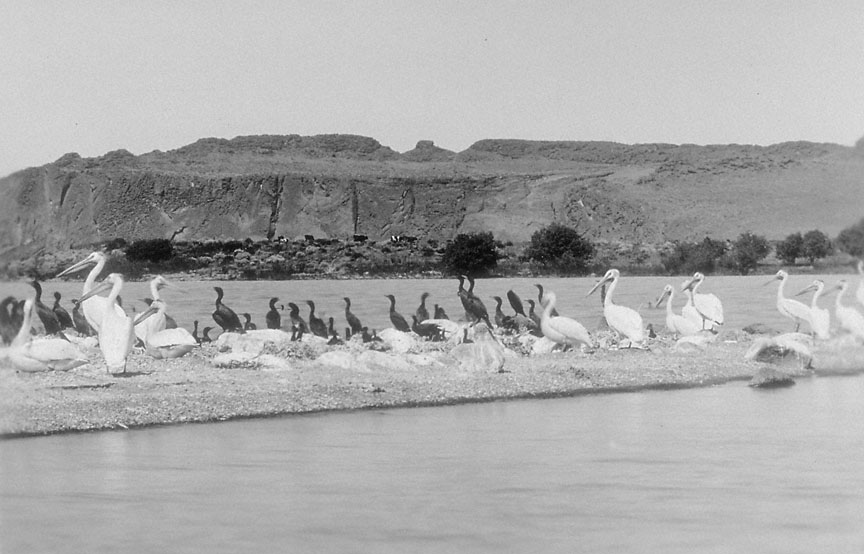In the early decades of the twentieth century, conservationists, waterfowl hunters, and the federal government recognized that land-use changes, unlimited hunting, and environmental disasters had contributed to the rapid decline of wetland wildlife populations. The Migratory Bird Conservation Act of 1929 authorized the Department of Agriculture to purchase and preserve wetlands. It did not, however, provide a source of funding. The Migratory Bird Hunting Stamp Act of 1934, or so-called Federal Duck Stamp Act, was designed to generate revenue needed for the purchase or lease of waterfowl sanctuaries. The Act requires all waterfowl hunters 16 years of age and older to purchase and carry a yearly Federal Duck Stamp. Over 635,000 hunters paid $1 each for the first stamp in 1934. Today, stamps are $15 each and nearly 1.7 million are sold each year.
Over the years, the number of waterfowl hunters has decreased. Nonetheless, the program is now supported by collectors, art enthusiasts, and other conservationists. Since 1949, the U.S. Fish and Wildlife Service has sponsored an annual art contest for the selection of the stamp design. While winning artists do not receive a cash prize, they sell prints of their design, which are popular among hunters, conservationists, and art collectors. Stamp funds have contributed to the purchase of more than 540 national wildlife refuges, including the Klamath Marsh Refuge in the Klamath Basin.
Further Reading:
Reiger, John F. American Sportsmen and the Origins of Conservation. Corvallis, Oreg., 2001.
Written by Robert Donnelly, © Oregon Historical Society, 2003.
